10 Small Kitchen Moves That Make Every Meal Feel More Special

Making meals feel special doesn’t always come from fancy ingredients or expensive tools. Often, it’s the small habits, quiet shortcuts, and everyday details that transform cooking from routine to something rewarding. A drizzle here, a prepped herb there; these moves take just minutes but make your food taste more deliberate and your kitchen feel more alive. The real magic of cooking well at home is learning how to elevate the ordinary without adding pressure or cost.
1. Immersion Blender
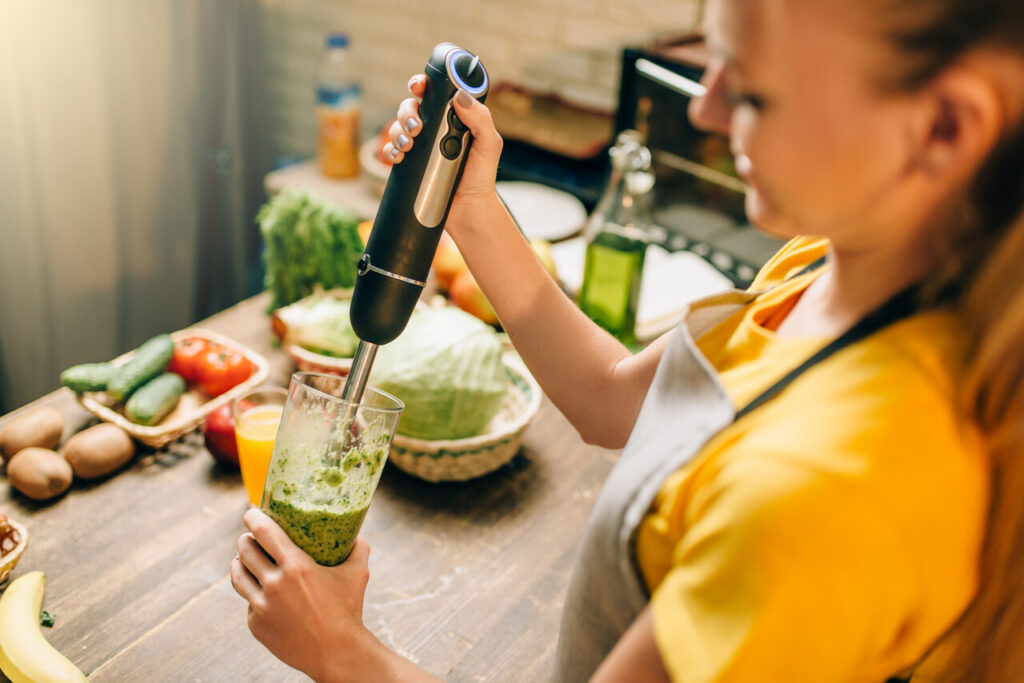
An immersion blender is the kind of inexpensive upgrade that changes how you finish soups, sauces, and dressings. Instead of transferring hot liquid to a countertop blender, you can puree directly in the pot for a silky, even texture and far less mess. It’s ideal for quick veloutes, pan sauces, or emulsifying vinaigrettes; it lets you control texture by pulsing until you reach the perfect mouthfeel. Because cleanup is minimal and it occupies little space, you’ll actually use it weekly, and that means smoother, creamier results without extra steps.
2. Micro-strainer
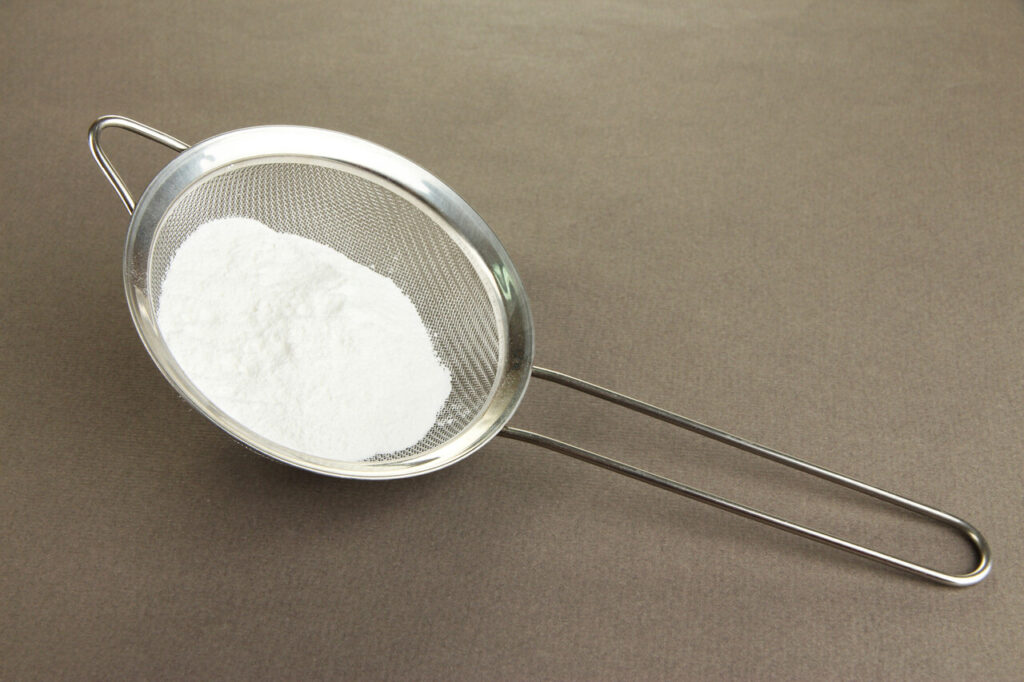
A micro-strainer sits next to the stove and gets more use than you expect. Use it to catch seeds when you squeeze citrus, remove foam from stocks, or push silky sauces through for a refined finish. When making custards or curds, a quick strain improves texture and removes stray bits. It’s also perfect for rinsing small grains and sieving powdered sugar for an even dusting. The result is a cleaner presentation and a smoother mouthfeel, both of which lift ordinary weeknight plates into something you’d happily serve guests.
3. Dry Brine Meats
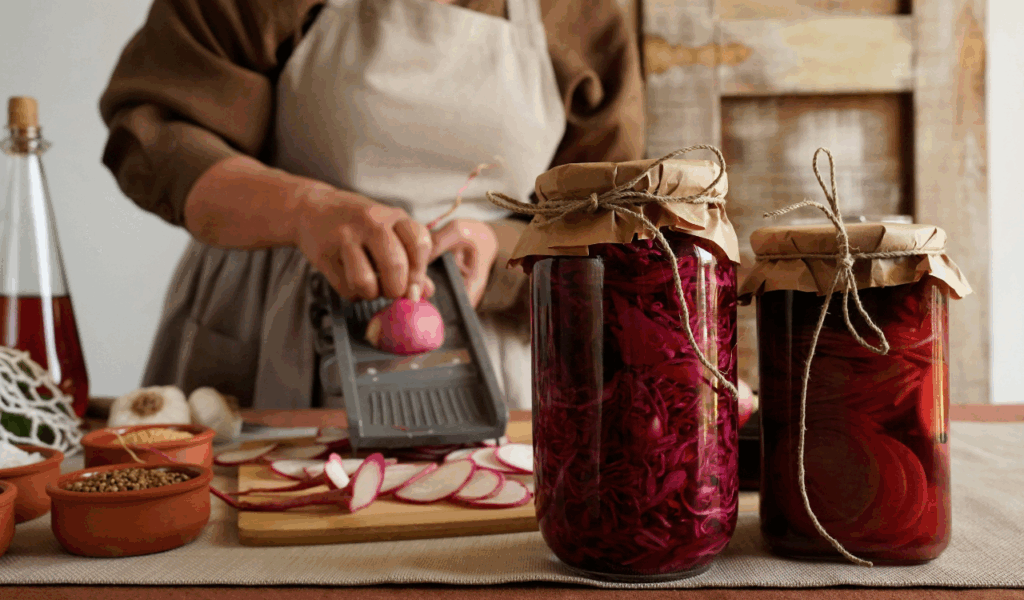
Dry brining, rubbing protein with salt and letting it rest uncovered in the fridge, is a simple habit that yields juicier, better-flavored meat. Salt draws moisture out, which then dissolves surface proteins and is reabsorbed, seasoning and tenderizing the interior. A few hours on a weekday or an overnight hold on a weekend creates a more concentrated, evenly seasoned result than sprinkling at the last minute. It’s low-effort, needs no special equipment, and improves texture and roast color, making even basic chicken or pork feel intentional.
4. Mise en place and timers

Setting up mise en place and using timers feels like a professional move because it removes chaos from the process. Chop, measure, and stage ingredients before heat hits the pan so you’re not multitasking under pressure. Use a timer for hands-off steps, simmering, roasting, or resting, so you avoid overcooking. This small organizational shift reduces mistakes and speeds up service. The payoff is consistent meals that arrive at the table on time, with everything at the right doneness, and with less stress for the cook.
5. Frozen herb portions
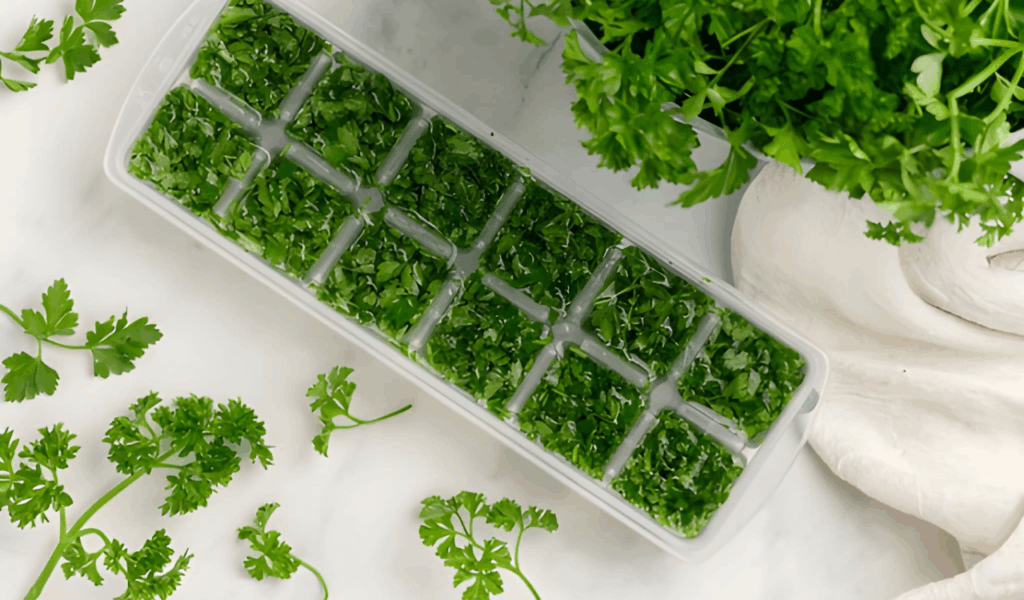
Freezing herbs in small portions preserves aromatic lift and reduces waste. Chop basil, parsley, cilantro, or chives, spoon into ice-cube trays with a little oil or water, and freeze. Drop cubes into sauces, soups, or finishing oils for immediate herbal brightness. This method keeps herbs usable long after fresh bunches would have wilted and removes the guilt of throwing away expensive produce. The practice also makes last-minute finishing touches realistic, so plates look and taste fresher without a special trip to the market.
6. Toast nuts and seeds weekly
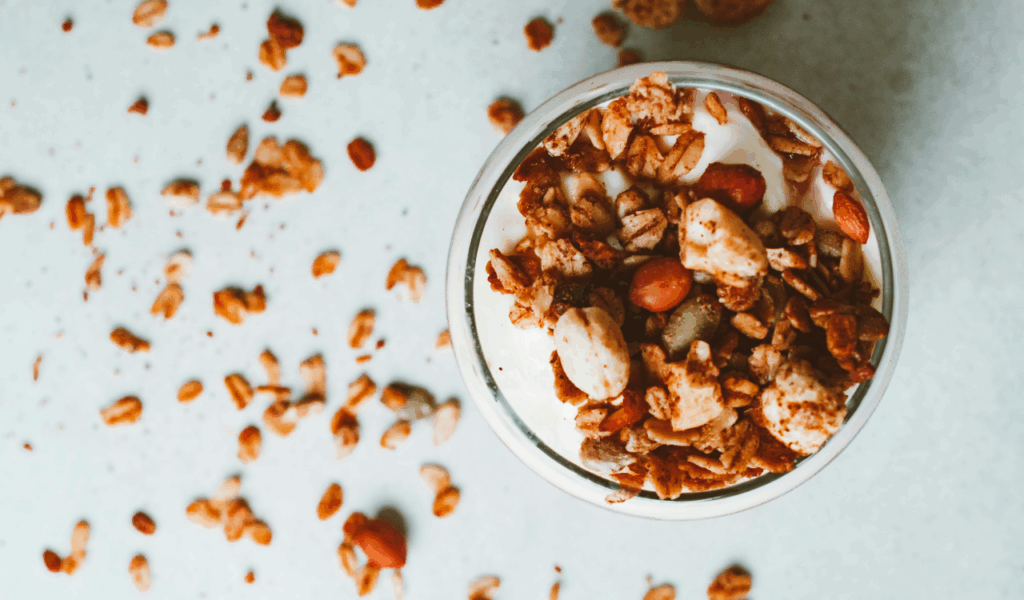
Toasting a batch of nuts or seeds for the week adds crunch, aroma, and depth to salads, grain bowls, and baked goods. A few minutes in a dry skillet or a brief time in the oven concentrates oils and brings out nuttier flavors. Store cooled toasts in an airtight jar and use them as a quick finishing element, a two-second step that upgrades texture and gives every dish a professional note. The small upfront effort pays off repeatedly and is one of the fastest ways to add complexity to simple meals.
7. Finish with coarse salt and good olive oil
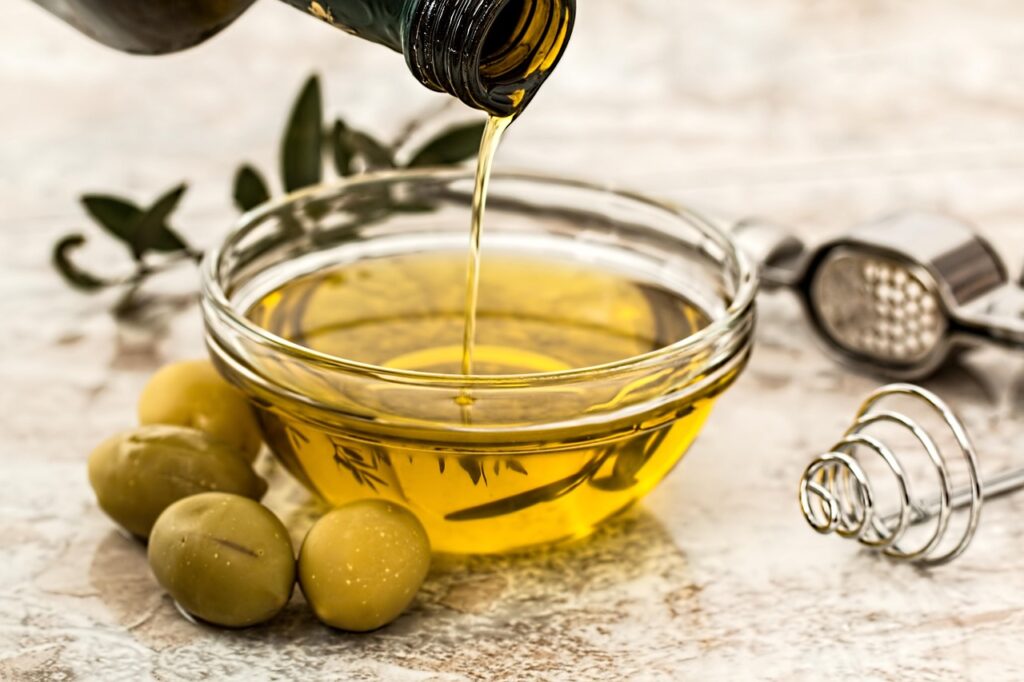
A sprinkle of flaky salt and a drizzle of high quality olive oil at the end of cooking changes perception. Coarse salt provides a bright, crunchy pop against savory dishes, and a finishing oil lends fragrance and a smooth mouthfeel. These touches should be used sparingly but deliberately: a few flakes on roasted vegetables, a whisper of oil on grilled fish, or a sheen over a bruschetta make meals feel thoughtfully prepared. Small, precise finishes signal care and bring restaurant-level polish to home cooking.
8. Clean as you go

Cleaning while you cook is a practical habit that changes the whole experience. Wash or soak used pans and utensils during natural lulls, wipe counters between tasks, and clear prep scraps immediately. This habit reduces end-of-night drudgery and prevents cross-contamination. More importantly, a tidy workspace helps you focus on timing and seasoning, which directly improves outcomes. When the kitchen is orderly, you work faster and smarter, and the finished plate reflects that calm, deliberate process.
9. Pre-juiced citrus

Having pre juiced lemons or limes in the fridge is a small time-saver that encourages you to finish dishes with acid. Store fresh juice in a sealed jar for a few days or freeze in cubes for longer life. A splash of citrus adds immediate lift to soups, marinades, and dressings and balances richness with minimal effort. Because acid is a fast and effective flavor enhancer, keeping it ready removes a common barrier to bright, well-rounded dishes and turns a good meal into a memorable one.
10. Sweet and savory contrast on every plate
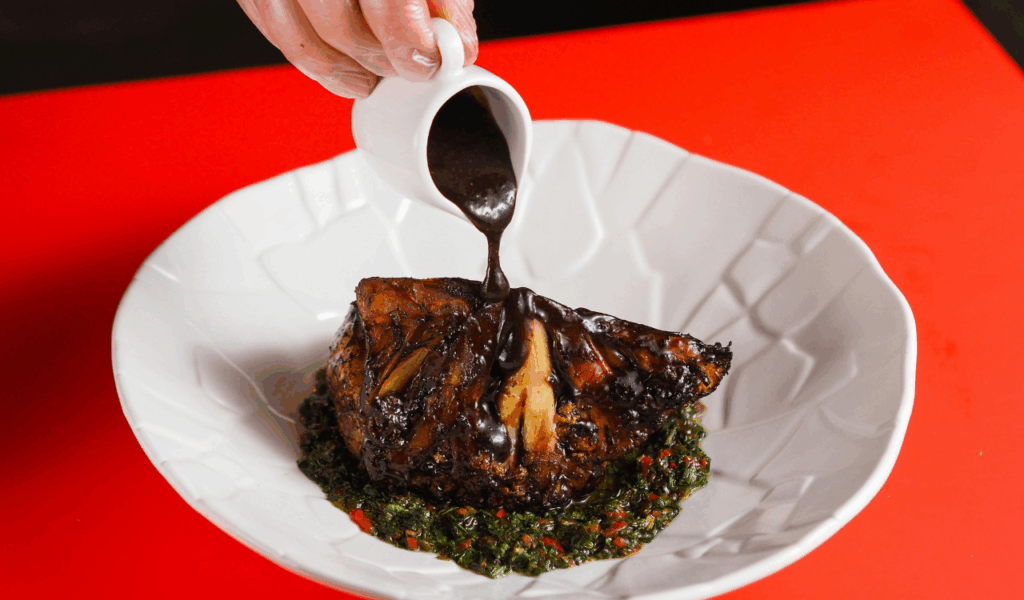
Intentionally combining sweet, salty, acidic, and textural elements makes dishes feel complete. A roasted vegetable benefits from a squeeze of lemon or a drizzle of honey; a savory stew wakes up with a tart pickle or bright herb salad. Planning one contrasting note per plate prevents monotony and highlights the main ingredients. This isn’t a complicated composition; it’s a mindset shift that ensures each bite has dimension, so weeknight dinners land with the satisfying complexity of a restaurant plate.





